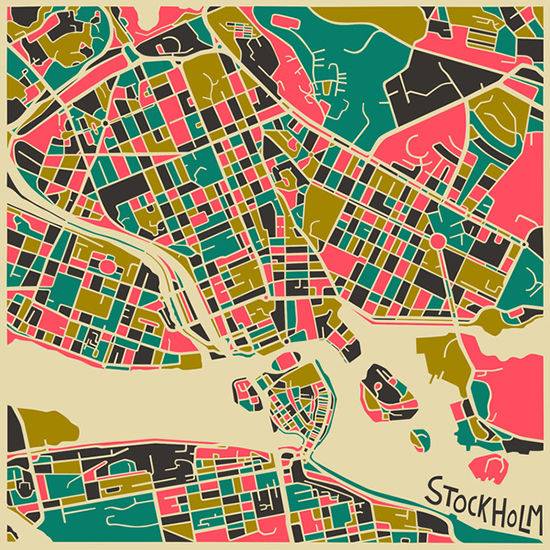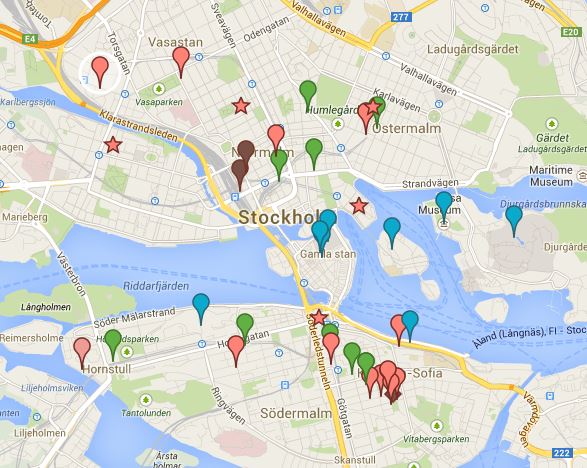
Image: designlovefest
Ever since I subscribed to The Flight Deal, there’s been a constant stream of cheap flights that drop in and tantalize me with dreams of kicking off and leaving the country on a whim. Well, I was finally in the right frame of mind when I saw direct flights from New York to Stockholm through Norwegian Air for just €282 (approximately $384). Given that I’ve paid more to get to the West Coast, going to Europe for a long weekend was sounding like a pretty good proposition.
Why such a short trip? First and foremost, I need to be back in town for culinary school. Secondly, on a trip to Japan, I met some people who regularly jetset to other countries for the weekend. It sounds crazy at first, but as they put it, the core attractions of most cities can be covered in a day, so exploring a city and nearby outskirts in a weekend is totally manageable. The caveat is that this only works if, like me, you are impervious to jetlag and run on adrenaline when you’re abroad.
I’ve never visited Scandinavia and Sweden has always held some fascination for me as a bastion of liberal thinkers with generous social welfare policies. I mean, Sweden’s Twitter account is held by a random person every week, from astronomers to lesbian truck drivers. If that’s not democracy, I don’t know what is. This week, the Twitter is being run by Irma, an expat cartoonist from Maplewood, NJ. I’ve been following her stories on what it’s like to move to Stockholm right after college and learn Swedish as a foreigner. Also, she recognized my Twitter avatar (rainbow cake batter), the first person ever to do so!
I culled through food and design blogs and skimmed some old-fashioned travel guides to create the following color-coded map of food, shopping and attractions. It’s a little heavy on hipster coffee shops (like Cafe String, where everything is for sale, even the chair you sit on) and concept art shops (like Flux Shop, which is “an attitude, not a movement or a style”). It will be a weekend of excellent seafood, coffee and Vikings.
Nu kör vi!







